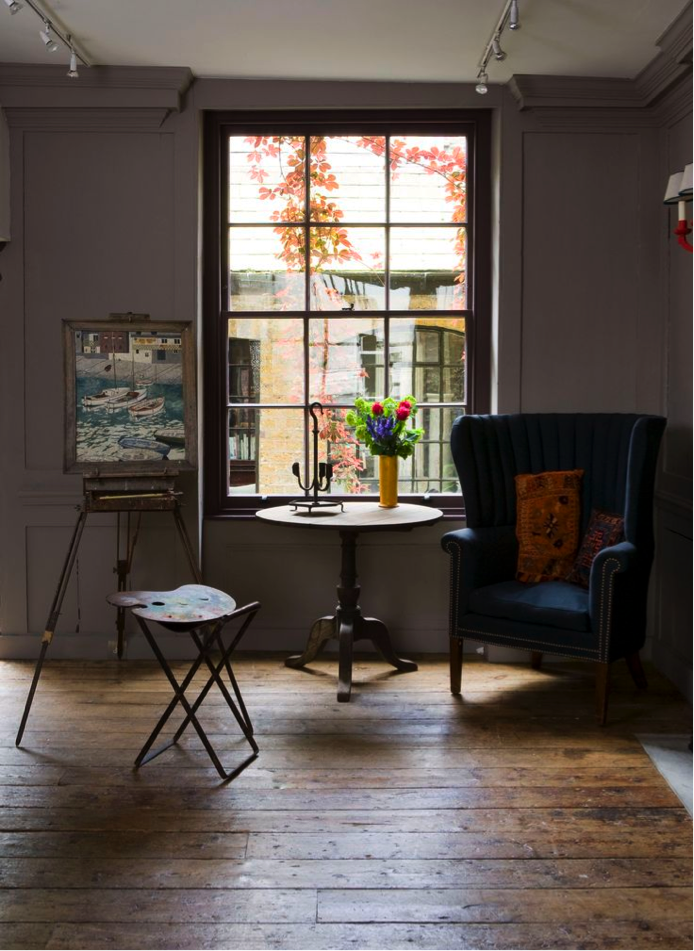
16 Sep How to incorporate sustainable design into the interior of a Georgian House
Many new-builds are notable for their sustainable design. As owners of Georgian properties we may ask ourselves just how we can incorporate a similar ethos into the interior design of our Georgian homes – within the constraints of the existing structure, it’s heritage and listed building criteria.
1. Firstly, the conversion of any previously unoccupied building, is recycling and sustainable development in itself. By utilising existing buildings rather than building new for our homes we are preserving the old, harnessing the energy and quality of the original building, and preventing our footprint on the world from becoming any larger.
2. When restoring a Georgian property be mindful to instruct the minimum rather than the maximum repair work necessary. Don’t try and turn an old building into a new one. Preserving period features contained within a Georgian building harnesses the past whilst still enabling us to create an interior that is suitable for today’s lifestyle.
3. Repairs and renovations should look to retain thermal mass. Use traditional haired or hemp-lime plaster for insulation and retain existing joinery, floorboards, panelling and glazing. The retention of joinery is as much from a non-wastage point of view as any desire to retain historic artefacts although clearly previous generations were equally motivated by the desire not to be wasteful, hence the survival of joinery from the 17th century.
4. When making alterations or additions use sympathetic material, either as an extension of past techniques so that it blends in, or in contrast to them so that the intervention can be clearly understood.
5. Use proven techniques and natural materials. Wherever possible, use traditional, local craftsmanship in preference to high tech solutions that are likely to have utilised unhealthy materials or result in high energy waste.
‘Healthy materials’ meet the following criteria;
1. Clean, no pollutant or toxins, no biologically harmful vapours, dust, particles or odours, resistant to bacteria, viruses, moulds, and other harmful micro-organisms.
2. Should produce no noise either in production or in use, good sound reduction.
3. Non-radioactive, non electromagnetic or emit harmful, electric fields
Ecological and sustainable materials are;
1. Renewable and abundant, from natural sources, production low impact on the environment.
2. Energy efficient, low energy in production, transport and use, locally produced, high insulation values.
3. Durable, long-lived and easy to maintain and repair.
4. Produced by socially fair means.
5. Low waste, capable of being reused and recycled.
Here are some sustainable materials commonly used in the internal restoration of a building;
Stone
– Produces dust during its processing
– harbours bacteria on its surface
– Generates energy costs in production and transport
Nonetheless it is regarded as eminently sustainable
Reopening small quarries has returned the stone industry into the sustainable activity it once was
Lime render and plaster
Lime is a universally beneficial material, not only in practice but also in terms of ecology. What other material can re-absorb the carbon dioxide emitted from the material when it is burnt? It is a breathable material and more flexible than cement – important if you understand that Georgian buildings were designed to be breathable and to move seasonally.
Note: If intact, lime plaster is recognisable by its gentle surface undulation that looks very different from the sheer, flat finish offered by later gypsum plasters. If it is damaged, it can be recognised by the presence of animal hair as a binder in the mix. You can read more here
Timber
One of the cleanest, non-polluting, and healthiest materials. The ability of the material to breathe water, in and out, renders it able to stabilise internal humidity and act as an air filtration unit. The empty cells, once emptied of moisture, fill with air, acting as an insulator, so that wood is always warm to the touch.
These cell walls can also absorb sound. Electromagnetic fields cannot pass through wood.
Few other materials absorb carbon dioxide to make sugars (cellulose) for growth of an infinitely renewable resource. The Forest Stewardship Scheme (FSC) encouraging the use of softwood and hardwood from managed sources.
Also being encouraged nationally, is the use of timber in the ‘round’ – that is taken from coppice, or young trees, as grown and not sawn
6. Reduce the buildings carbon footprint by using sustainable materials
Sustainable materials that can be used as insulation to reduce your carbon emissions include;
Cork
Made from compressed cork strips and granules and formed into sheets it is resistant to rot and moulds, has excellent thermal and noise insulating properties and is durable whilst being flexible. It is utterly without waste.
The above wall effect is supplied by York Wall
Flax fibre
Flax fibre, a waste product from the linen industry, has twice the strength of polyester and is 50%-75% stronger than cotton. In addition, it is stronger when wet and is to some extent fireproof, and even if it ignites it merely smoulders.
Wool
Wool fibres, helical in their form and thus easy to mat or spin, are eminently hygroscopic but as they absorb water they also give off an exothermic (heat) reaction. Wool therefore gives off heat when it is wet so not only does wool act as a buffer for controlling the humidity and air quality in a room when used in the roof and walls, but it actually makes the building warmer when it does so. In addition the dry fibres trap heat and so it is the perfect insulator and soundproof mechanism.
7. A number of techniques can be adopted to improve the loss of heat however it is important that old buildings still have some form of natural air circulation and ventilation. This allows the building to breathe, which will prevent issues such as damp.
– Repairing windows
– Draught strips
– Gap sealing
– Pointing and painting
– Draught lobbies
– Secondary glazing
– Imperative the consequences are addressed
8. Reduce heat loss
To protect tapestries, curtain fabrics, wallpaper, antiques and paintings from sun damage you can have a transparent UV film applied to the glass in your windows. CSC is a company who offers a range of products which reduce the infrared rays that are conducted through the glass as well as the heat lost from internal to external. UV blinds are also an option.
9. Instate shutters and heavy curtains
No better device exists to shut out the heat of the day, or retain it in the evening. So retain existing or re-install where these have been lost.
10. Incorporate solar heat in floors
If flags can be lifted without damage then they can be re-instated on top of a Limecrete floor in which underfloor heating has been incorporated. The molecular structure in the stone flags or the brick paviours hold the heat and release it slowly. Limecrete makes a good solar floor, but also inhibits rising damp by resisting capillary action and insulating against the cold.
Visit Lincolnshire Lime for a free guide to insulated limecrete floors
11. Source from reclamation and salvage
Whilst we all hope to find that our Georgian property has all its original features in tact it is likely that you will find gaps that you would like to re-instate such as missing fireplaces, doors and flooring. By visiting reclamation yards and contacting salvage dealers you can often find a fireplace or door that has come from a similar house to your own, is appropriate to the period and is of the right scale. This will always be more eco-friendly an option than getting something new and will have a more fitting character that resonates with its surroundings.
I hope that the information I’ve shared in this blog post has been useful if not enlightening. As the custodian of a Georgian building you can indeed stand up and count yourself as an eco-warrior. To emphasise this point and in summary I’d like to quote a far more eminent source than myself;
The Ministry of Justice (quoted in a joint seminar between BRE and English Heritage in 2007) had conducted research which showed that their pre-1900 building stock was more energy efficient per square metre – and so deemed worthy of upgrading – than any of the rest of their buildings, with the worst performers in the period 1940s-1960s. This was deemed to be because the pre 1900 buildings were high mass construction whose walls acted as thermal stores, and which generally had better natural lighting and natural ventilation, whereas the later period buildings were of lightweight construction.
These research results are a graphic example of how sustainable traditional buildings are.




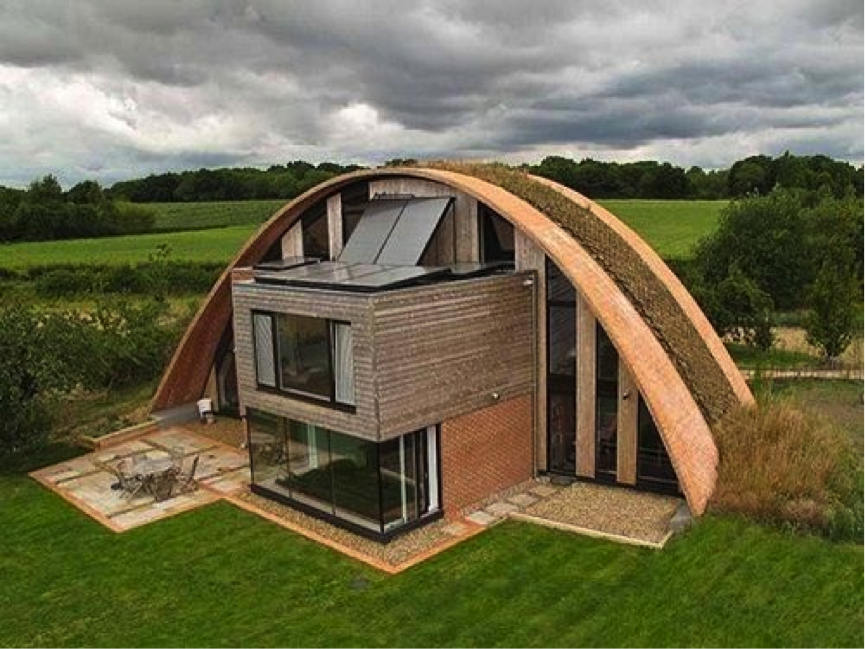
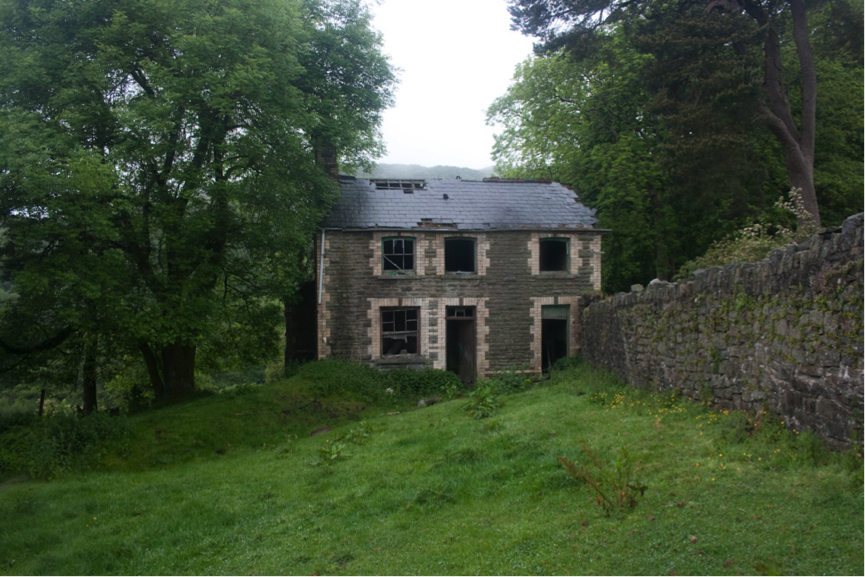
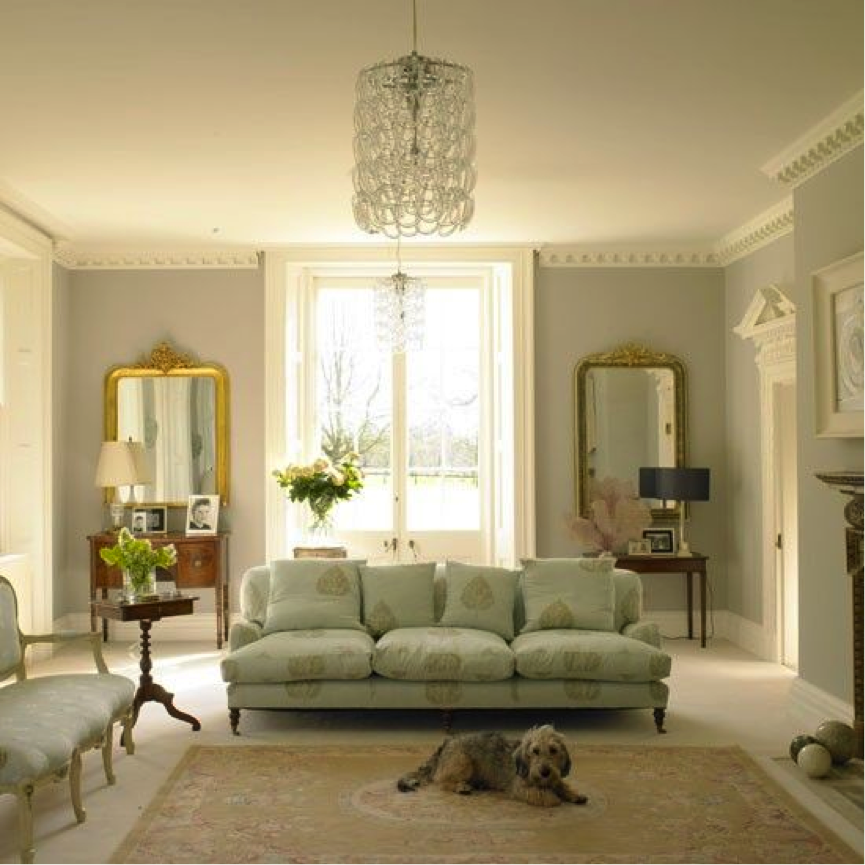
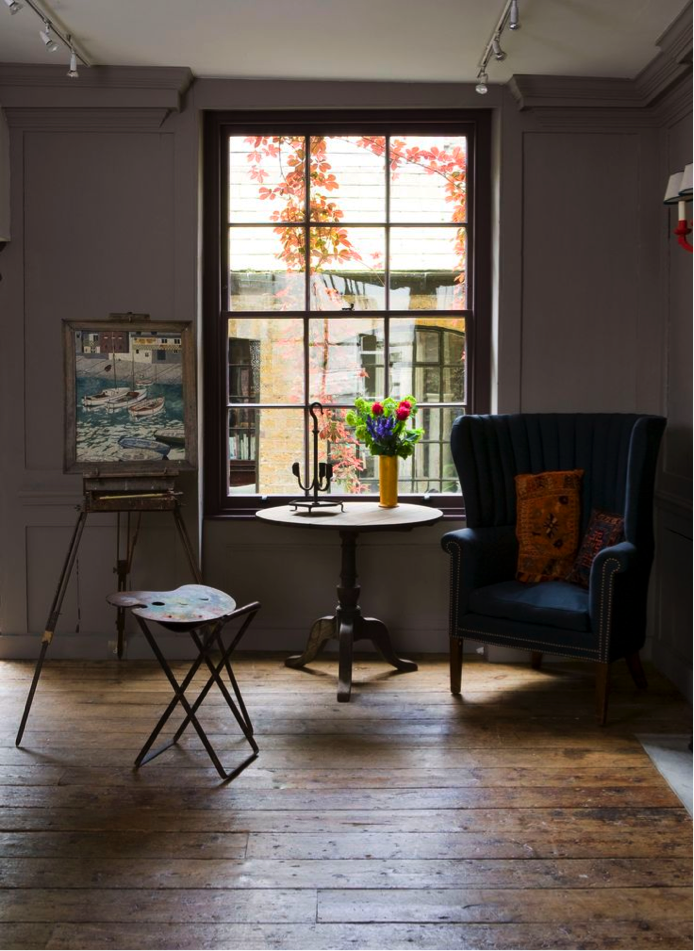
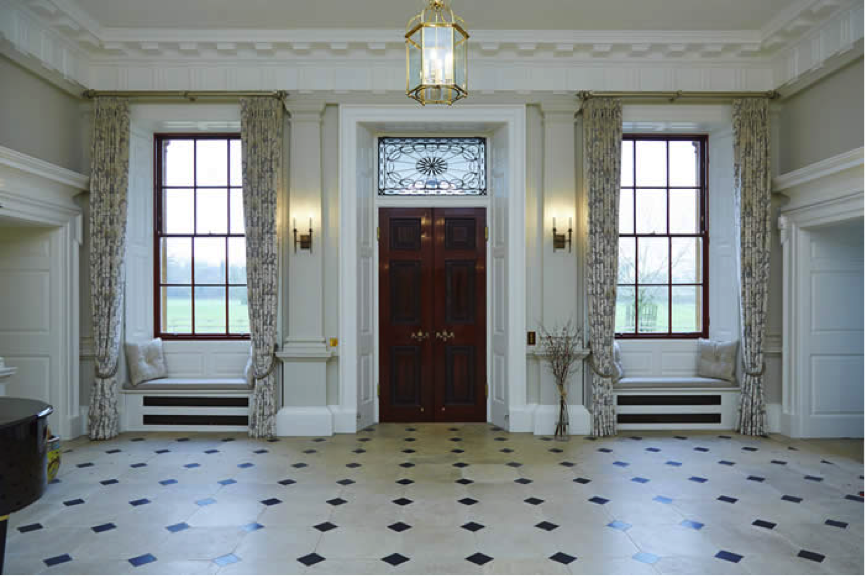
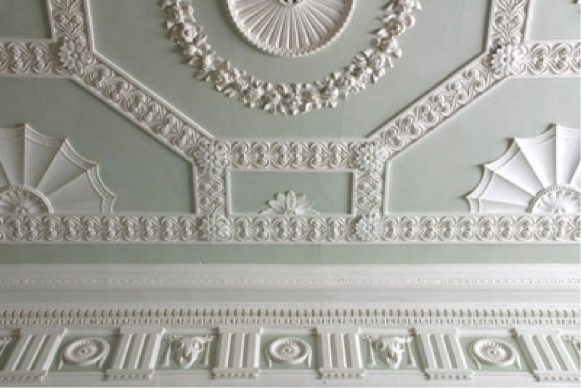
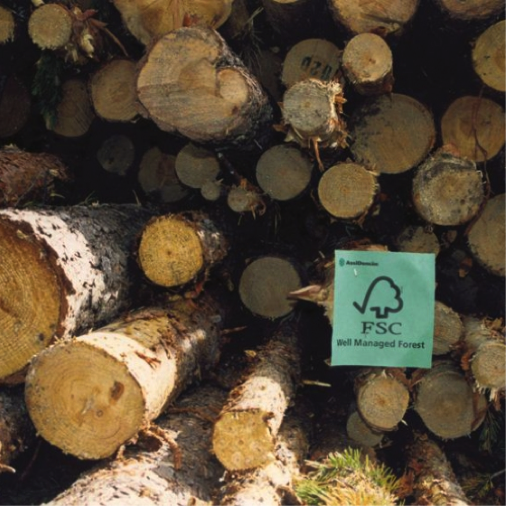
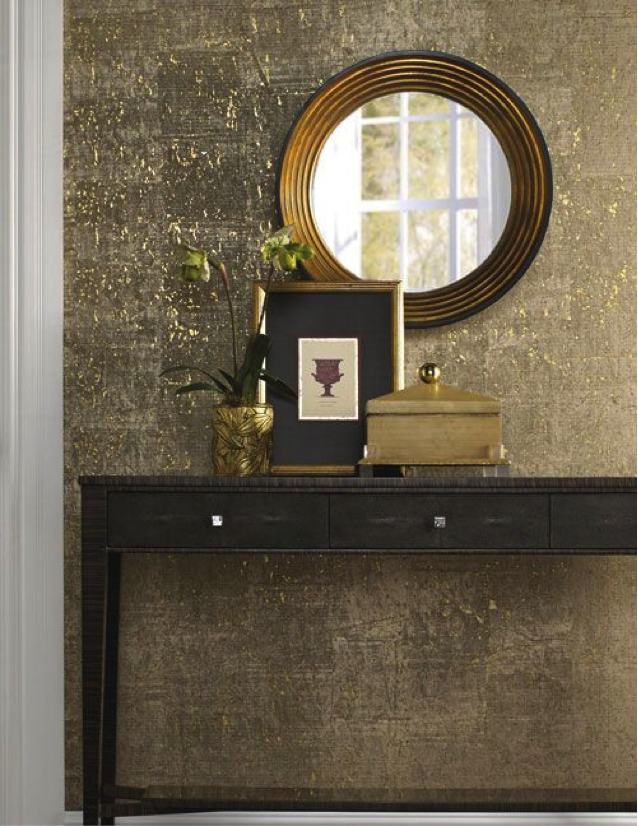
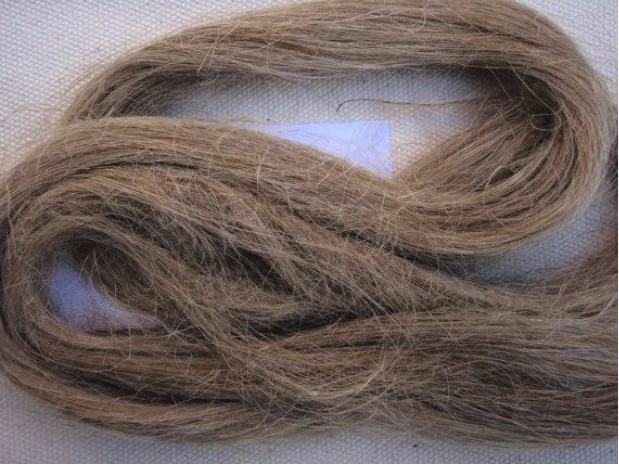
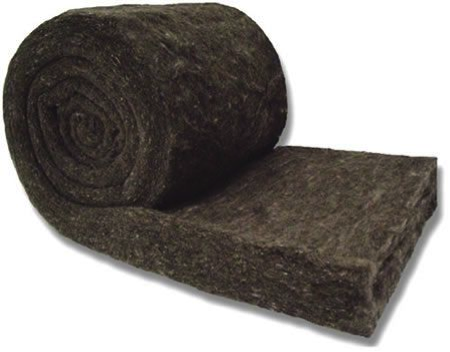
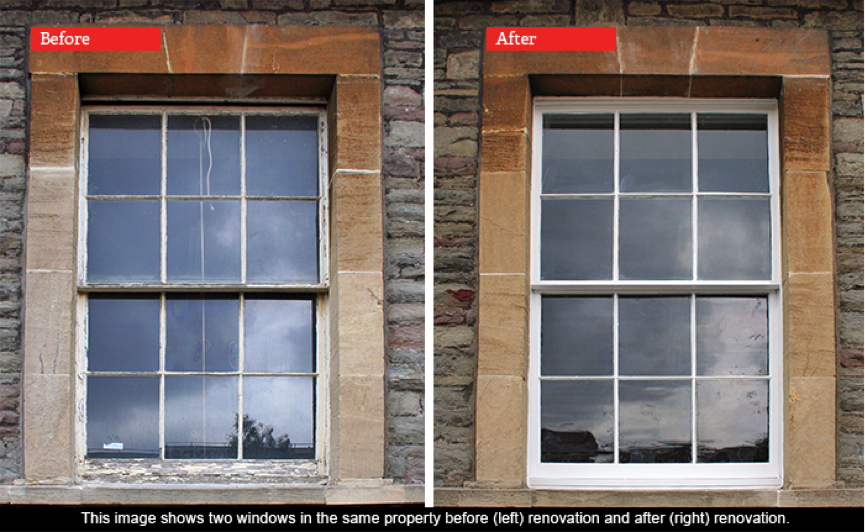
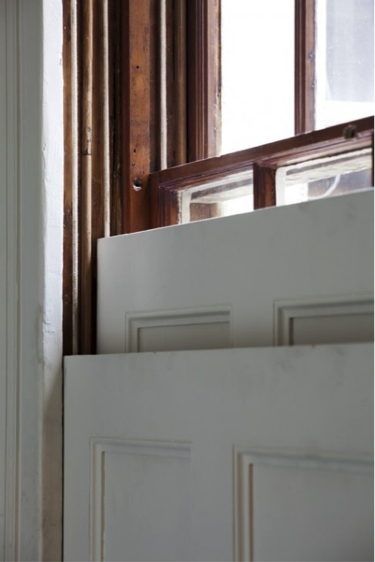
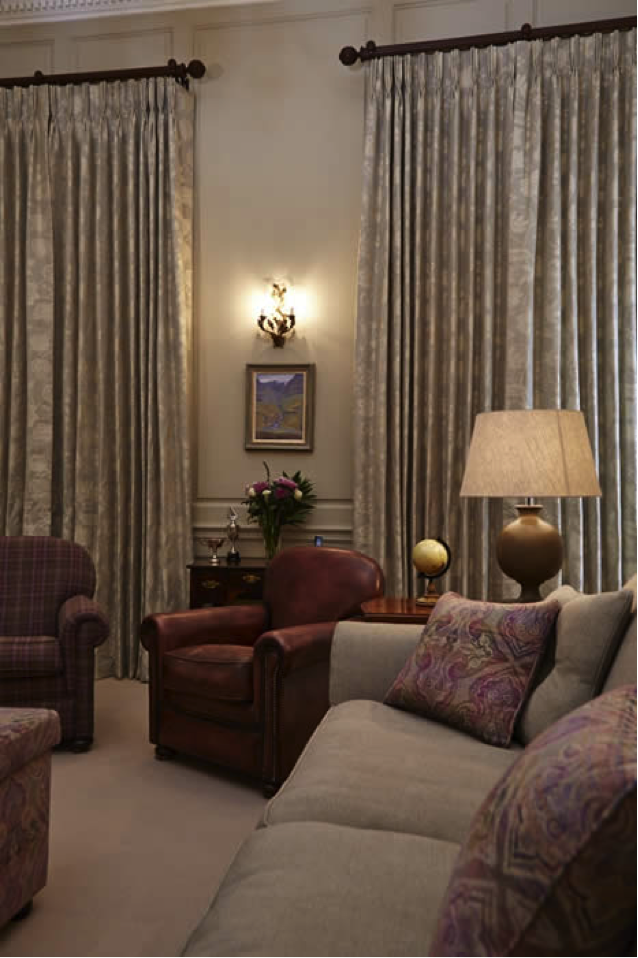
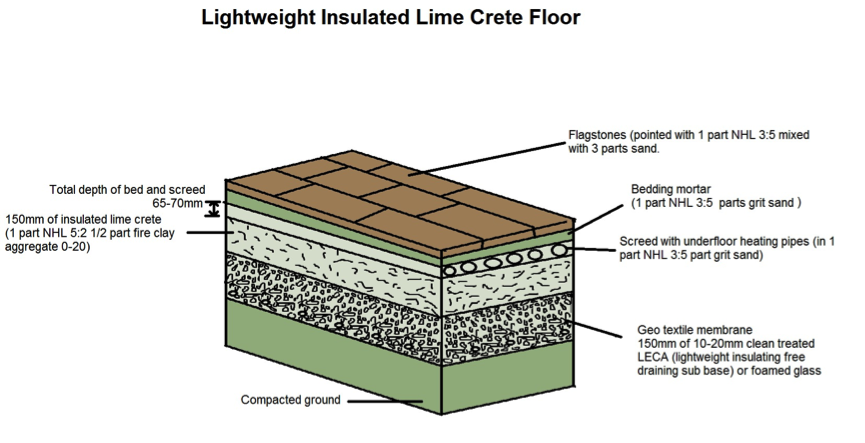
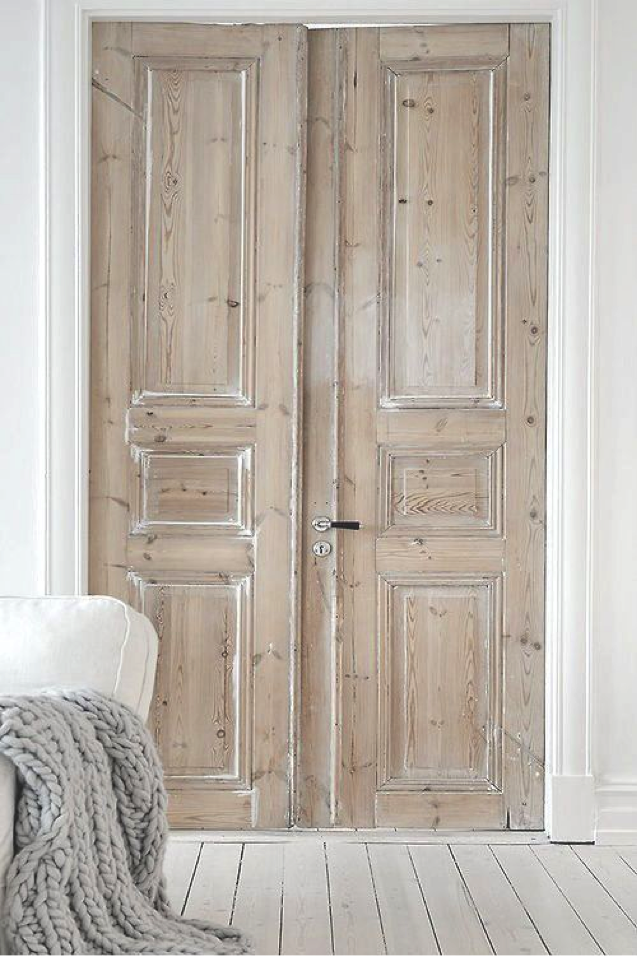
No Comments